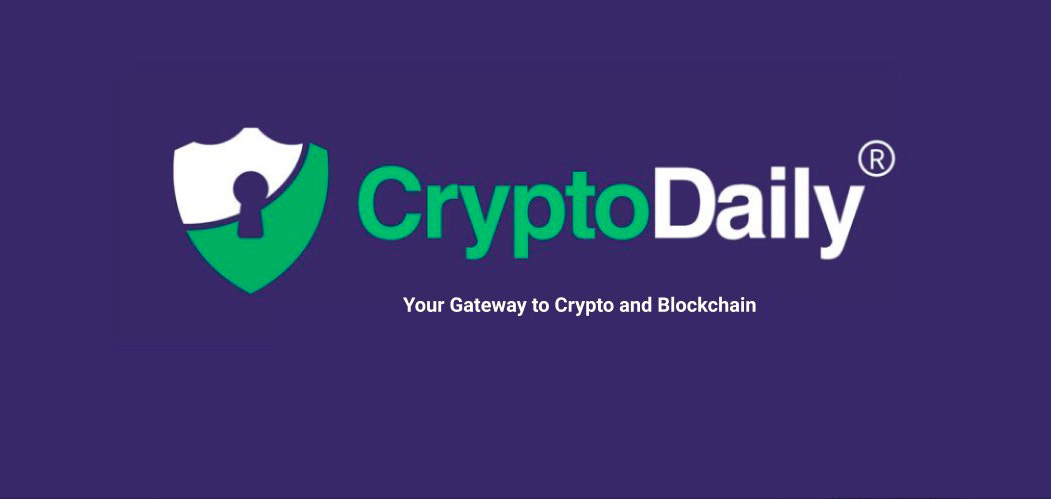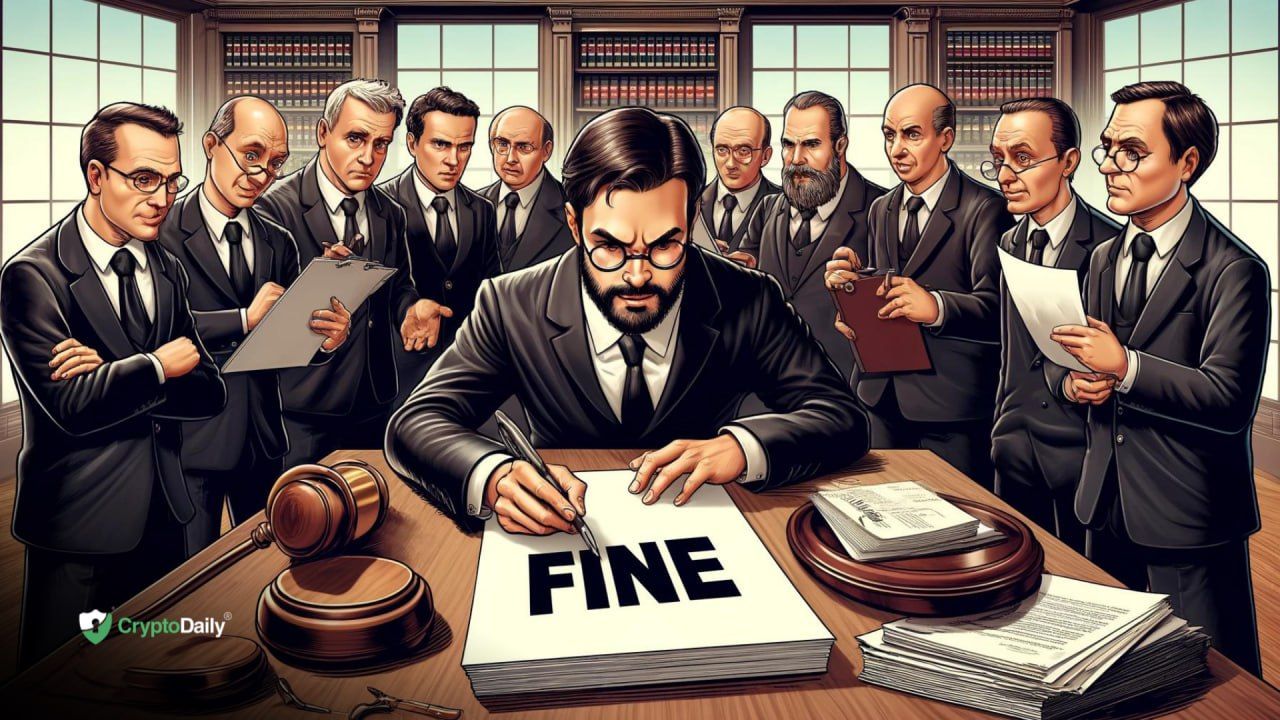Published
6 years ago on
March 03, 2018
Hot Topics
Decentralized Ledger Systems: A New Age Of Record Keeping
Find out the safest way to get started with crypto currency today. There are huge profits to be made — but don't be fooled by the so-called experts. Crypto.IQ

Altcoins
April 25, 2024
Student Clears $50,000 in Debts Using Dogwifhat (WIF) Profits, Expands Portfolio and Buys PawFury (PAW) and Dogecoin (DOGE)

Altcoins
April 25, 2024
Here's Why BONK and PEPE Outperformed Other Top Meme Coins This Week and Whales Are Buying Dogeverse

Altcoins
April 25, 2024





